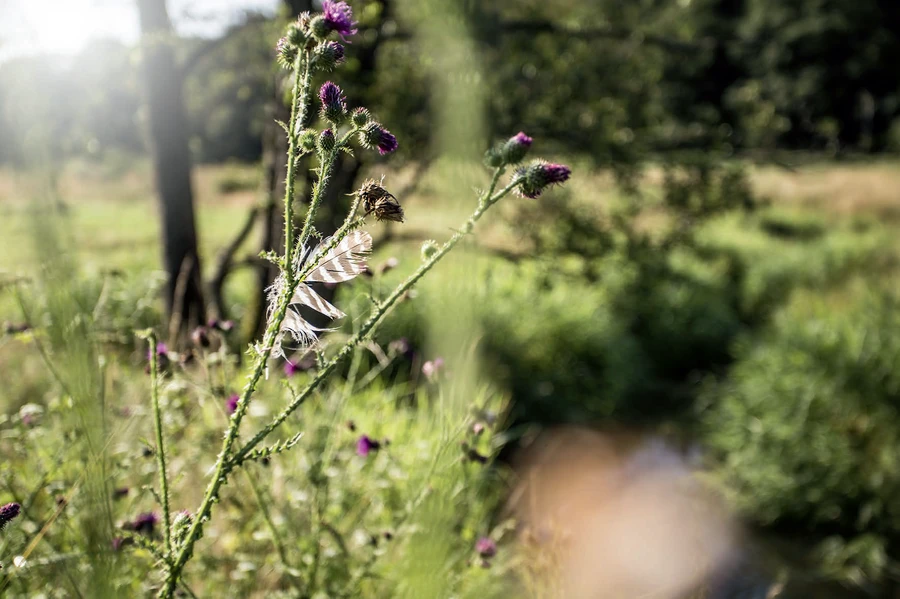Depth through blur - MöhneLife
There are images in which all elements are in sharp focus and images in which only one element is in focus. In these images, the viewer's gaze is drawn directly to the sharp area, making it easy for us to see what's important in the image without having to look hard. By opening the aperture, we create a blur that directs our focus to the essential element of the image. Depending on the lens, we have different apertures available. While inexpensive lenses often only achieve an open aperture of 4.5 or perhaps 2.8, higher quality lenses can achieve apertures of 1.2 or even 1.0. The disadvantage with these lenses is that they are usually fixed focal lengths with no option to zoom. The smaller the apertures (i.e. a higher f-number such as 8 or 11), the sharper the overall image. But be careful: if we reduce the aperture, we automatically need longer exposure times for the desired result! The distance from you to the subject in relation to the distance of the subject to the background also influences the blur enormously. A small distance from the camera to the subject with the largest possible distance from the subject to the background makes the subject stand out better and creates more blur in the background. In general, there is no right and wrong. For landscape photos, for example, you need an aperture of 11 so that everything is in focus? But maybe you like to focus on a small element like a flower in the foreground and capture the landscape behind it out of focus? What is right is what is pleasing!
Small elements that we discover in nature, like this feather here, get a much higher value by being out of focus. It seems more emotional, almost like a small miracle of nature.
